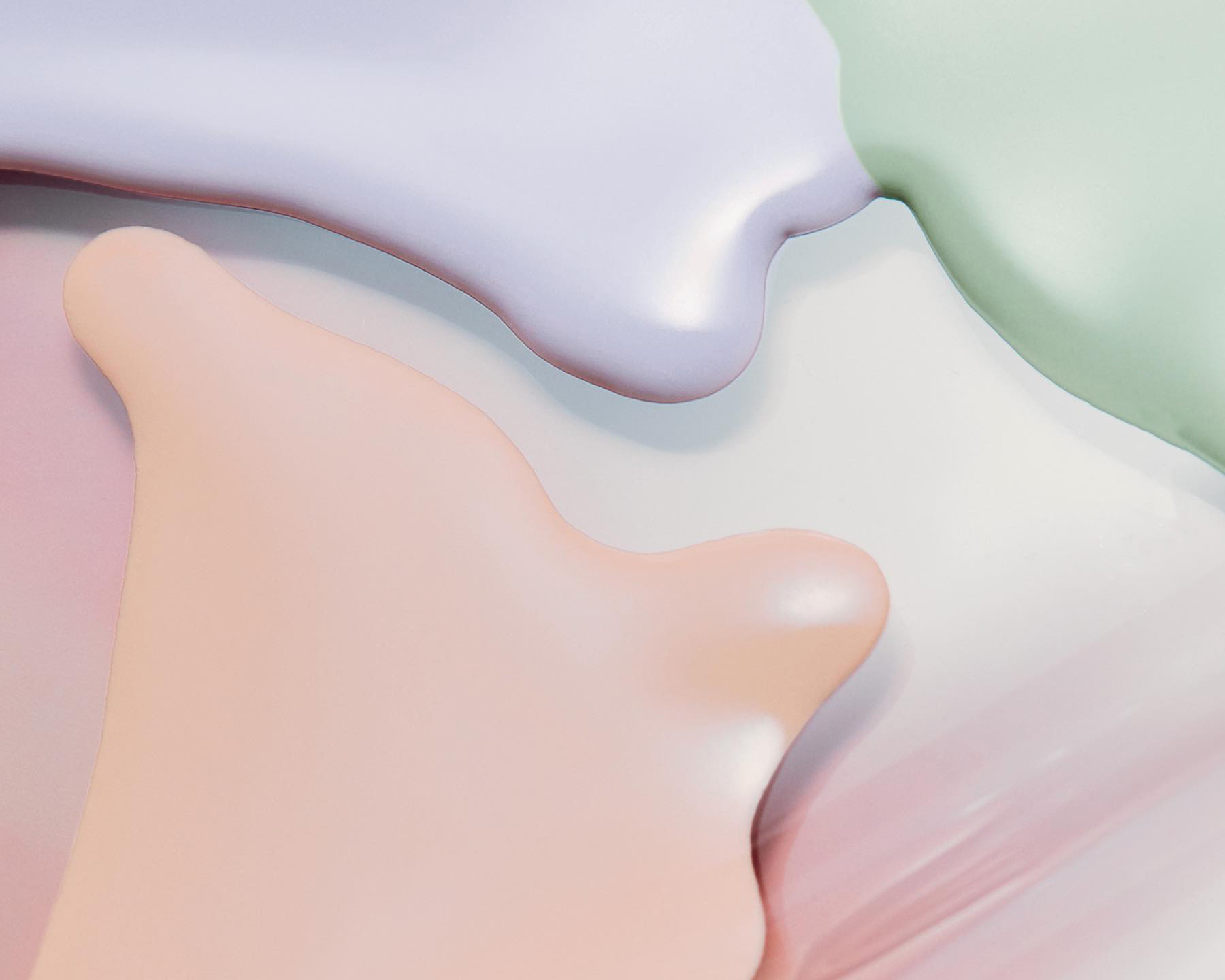05
2025
-
07
Vegan Leather Care: Essential Tips for Maintaining Your Favorite Pieces
Vegan Leather Care: Essential Tips for Maintaining Your Favorite Pieces Table of Contents 1. Understanding Vegan Leather 2. Why Proper Care Matters 3. Cleaning Your Vegan Leather Items 3.1 Daily Maintenance 3.2 Deep Cleaning Techniques 4. Protecting Your Vegan Leather 4.1 Avoiding Direct Sunlight 4.2 Using Protective Sprays 5. Storing Vegan Leather Pieces 6. Repairing Minor D
Vegan Leather Care: Essential Tips for Maintaining Your Favorite Pieces
Table of Contents
1. Understanding Vegan Leather
2. Why Proper Care Matters
3. Cleaning Your Vegan Leather Items
3.1 Daily Maintenance
3.2 Deep Cleaning Techniques
4. Protecting Your Vegan Leather
4.1 Avoiding Direct Sunlight
4.2 Using Protective Sprays
5. Storing Vegan Leather Pieces
6. Repairing Minor Damages
7. Common Myths About Vegan Leather Care
8. Frequently Asked Questions (FAQs)
9. Conclusion
1. Understanding Vegan Leather
Vegan leather, also known as faux leather or synthetic leather, is a sustainable alternative to traditional leather made from animal hides. It is crafted from a variety of materials, including polyurethane (PU), polyvinyl chloride (PVC), and even innovative plant-based materials like pineapple leaves and apple peels. This eco-friendly option not only provides a cruelty-free choice but can also offer a stunning aesthetic that rivals genuine leather.
2. Why Proper Care Matters
Caring for vegan leather is crucial to prolonging its lifespan and maintaining its appearance. Unlike traditional leather, which develops a patina over time, vegan leather can show signs of wear and tear more quickly if not properly maintained. Regular care helps prevent cracking, fading, and other damage, ensuring that your favorite pieces remain stylish and functional.
3. Cleaning Your Vegan Leather Items
To keep your vegan leather pieces in top condition, it's essential to incorporate effective cleaning practices into your routine.
3.1 Daily Maintenance
Daily maintenance involves simple tasks that can prevent dirt and grime from accumulating. Here are some tips for daily care:
- **Wipe Down Regularly**: Use a soft, damp cloth to gently wipe the surface of your vegan leather items. This will remove dust and minor stains.
- **Avoid Harsh Chemicals**: Refrain from using bleach or alcohol-based cleaners, as they can damage the material. Instead, opt for mild soap solutions.
3.2 Deep Cleaning Techniques
Deep cleaning should be performed periodically to maintain the integrity of your vegan leather. Follow these steps:
1. **Prepare a Cleaning Solution**: Mix warm water with a few drops of mild soap or a dedicated vegan leather cleaner.
2. **Test on a Small Area**: Before applying the solution to the entire surface, test it on a hidden area to ensure there’s no adverse reaction.
3. **Gently Scrub**: Use a soft-bristle brush or cloth to scrub the surface gently, focusing on stained areas.
4. **Rinse with Clean Water**: Wipe the surface with a clean, damp cloth to remove soap residue.
5. **Dry Thoroughly**: Air dry your vegan leather items away from direct heat sources to prevent warping or cracking.
4. Protecting Your Vegan Leather
Protection is key to maintaining the quality of vegan leather pieces.
4.1 Avoiding Direct Sunlight
Excessive exposure to sunlight can cause fading and discoloration over time. Store your vegan leather items in a shaded area or cover them when not in use to protect them from UV rays.
4.2 Using Protective Sprays
Consider applying a protective spray designed for synthetic materials. These sprays create a barrier against water and stains, making it easier to clean and maintain your items.
5. Storing Vegan Leather Pieces
Proper storage is essential for preventing damage when your items are not in use. Here are some best practices for storing vegan leather:
- **Keep Them in a Cool, Dry Place**: Avoid damp environments and extreme temperatures, which can lead to mold and distortion.
- **Use Dust Bags or Covers**: Protect your vegan leather accessories by storing them in dust bags or covers to prevent scratches.
- **Avoid Overcrowding**: When storing bags or shoes, ensure they have enough space to retain their shape and prevent creasing.
6. Repairing Minor Damages
Even with proper care, minor damages can occur. Here are some quick tips for addressing common issues:
- **Surface Scratches**: For light scratches, use a damp cloth to gently buff the area. If discoloration persists, a matching color polish can help.
- **Small Tears**: For small tears, a few drops of fabric glue can provide a quick fix. Apply carefully, and let it dry completely before further use.
7. Common Myths About Vegan Leather Care
There are several myths surrounding the care of vegan leather that can lead to improper maintenance:
- **Myth 1**: Vegan leather is completely waterproof.
**Reality**: While it is more water-resistant than traditional leather, it’s not entirely waterproof. Always dry it promptly if it gets wet.
- **Myth 2**: Vegan leather doesn’t require any maintenance.
**Reality**: Regular cleaning and care are essential to prevent deterioration and keep it looking good.
- **Myth 3**: Vegan leather can be treated like real leather.
**Reality**: Vegan leather has different properties and should be cared for differently than genuine leather.
8. Frequently Asked Questions (FAQs)
**Q1: How can I prevent my vegan leather from cracking?**
A1: Regular cleaning, conditioning, and avoiding direct sunlight will help keep your vegan leather supple and prevent cracking.
**Q2: Can I use regular leather conditioner on vegan leather?**
A2: No, regular leather conditioners may contain ingredients that can damage vegan leather. Use products specifically designed for synthetic materials.
**Q3: How do I remove stains from vegan leather?**
A3: Use a damp cloth and a mild soap solution to gently scrub the stain. For tough stains, a specialized vegan leather cleaner may be necessary.
**Q4: Is it safe to iron vegan leather?**
A4: It’s not recommended to iron vegan leather, as high heat can warp and damage the material. Instead, use a steamer from a distance if wrinkles occur.
**Q5: Can vegan leather be recycled?**
A5: Some types of vegan leather can be recycled, but it's essential to check with local recycling programs for specific guidelines.
9. Conclusion
Caring for vegan leather is essential for maintaining the beauty and functionality of your favorite pieces. By implementing daily maintenance routines, proper cleaning techniques, and protective measures, you can ensure the longevity of your vegan leather items. Embrace the versatility and style of vegan leather while caring for it appropriately, and enjoy the benefits of a sustainable fashion choice that remains vibrant and chic for years to come.
Related news
undefined






